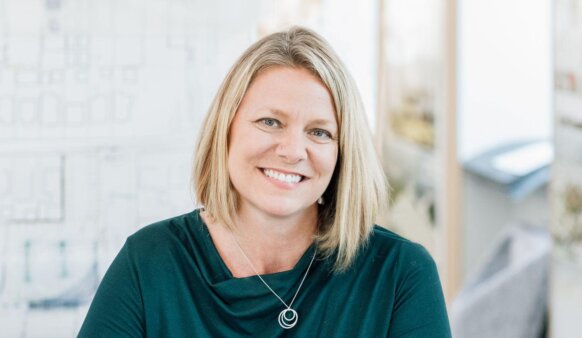Washington, D.C.—Global architecture and design firm Perkins&Will, in collaboration with nonprofit research organization Healthy Building Network, has released two pioneering reports aimed at transforming the way architects and designers select sustainable, low-carbon gypsum drywall, flooring, and insulation. Gypsum drywall and flooring, have a notable environmental footprint during production and transport and can also emit hazardous chemicals. Similarly, insulation can negatively impact the environment by releasing greenhouse gases throughout its lifecycle and can contain toxic chemicals that migrate into interior spaces.
In the U.S. alone, annual sales include nearly 24 billion square feet of gypsum board and an additional 29.69 billion square feet of flooring in 2022. Insulation distribution, amounting to $57.5 billion, is equivalent to about 11.5 billion square feet sold. Given the sheer volume of these product categories sold each year—which can collectively cover the entire state of Rhode Island—even small reductions in their carbon footprint and improvements in material health would significantly contribute to creating a healthier, more sustainable built environment.
The comprehensive reports, titled “Embodied Carbon and Material Health in Gypsum Drywall and Flooring” and “Embodied Carbon and Material Health in Insulation,” provide guidance for designers and architects to choose the best materials that take these two concerns into consideration.
“This guidance enables project teams to scale the selection of product types that are best in class for both embodied carbon and material health,” says Gina Ciganik, CEO of Healthy Building Network.

